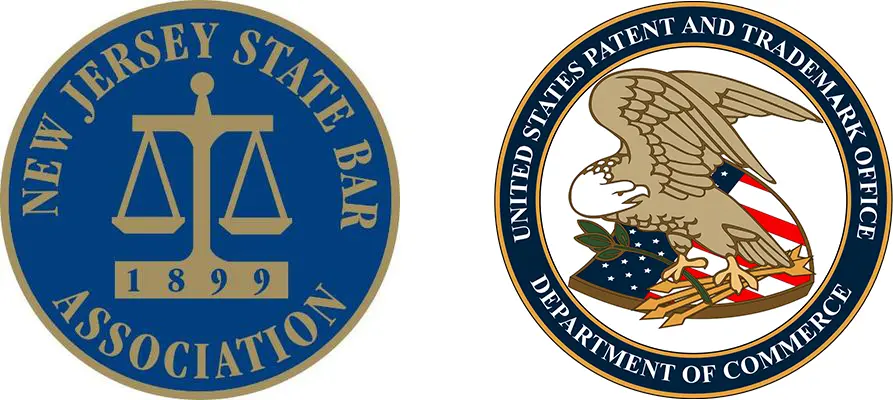September 20th, 2014 by Thomas J Germinario
If you have great ideas for inventions but don’t yet have the money for full patent protection, filing a provisional patent will give you 12 months of patent ownership barring competitors from patenting your idea during that period. While you have provisional patent rights, you can continue the process of obtaining a patent while selling your patented product free from worries about theft or patent infringement. It is a great way to test the waters of your new idea before committing to pay for full patent rights.
In order to get a provisional patent, a provisional patent application must be filled out following a comprehensive USPTO patentability search guaranteeing your invention has not already been patented. An experienced patent attorney can assess the specifics of your invention and fill out a provisional patent application to highlight the uniqueness and patentability of your idea, while continuing to guarantee you intellectual property protection.
Filing a provisional patent takes place much as filing a non-provisional patent application would, except the claims section of the patent is not included. This makes it easier to draw up an application without honing in on the most specific details of the patent and the aspects which require patent protection, but it also leaves the patent application open to holes and gaps that can be exploited by competitors looking to sell a similar product. A provisional patent also only lasts one year.
There are no specific forms for provisional patent applications that need to be filled out – a provisional patent application, however, must follow the template of existing patent applications, with a section of specifications of the patent, diagrams and an abstract. For examples of existing patents, visit the patent examples section.
Posted in Patents
September 2nd, 2014 by Thomas J Germinario
All patents are filed through the United States Patent and Trademark Office (USPTO). A patent application must be much more involved than the general patent idea itself, and the patent idea must be broken down into a number of patent claims that detail (or ‘claim’) the unique features of the particular patent. Writing patent claims that will be accepted by the USPTO patent examiners often requires an experienced patent attorney or patent professional, as a patent examiner will often contest or reject a patent application if the claims are not sufficiently detailed or clear on what sets the new patent apart from existing patents (the ‘prior art’).
In addition to patent claims, a patent application must include diagrams or drawings, if applicable, patent specifications – which details the invention’s functionality, where it fits into the prior art, why it is unique, and what it can be applied towards – and the necessary fees associated with filing a patent. Descriptions of the drawings, summaries of the invention, references to other prior art of the invention and patent application abstracts are also necessary for a complete patent application. These materials are then submitted to the USPTO.
The patent application process is an involved one, usually taking no less than a year and often up to three years, depending on what kind of patent it is and the kind of office actions the patent office gives on the patent application. A patent application doesn’t begin with patent application forms, but rather by creating an application that looks just like the registered patents in the patents section of the website. The application to the USPTO includes the specifications of the patent, the claims and the diagrams and drawings, as well as any summaries, explanations or abstracts that would accompany these sections.
For assistance in drawing up your patent application for submission to the USPTO, please feel free to get in touch with us at (908)-879-0091.
Posted in Patents

